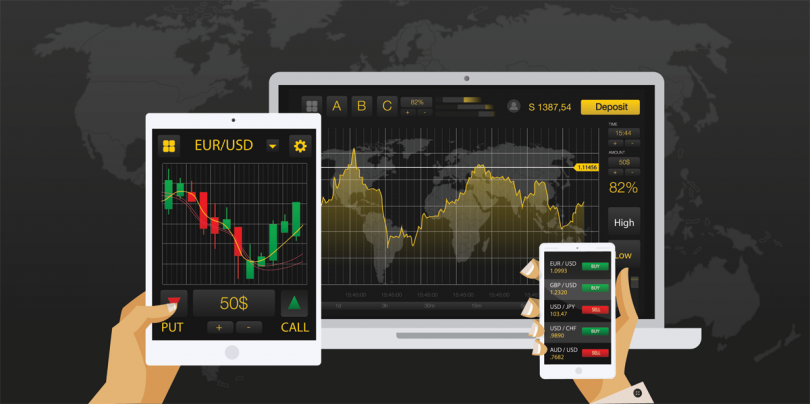Risk management is undeniably the linchpin of sustainable trading profits, serving as the compass that guides traders through the treacherous waters of financial markets. In the dynamic world of trading, where uncertainty is omnipresent, mastering risk management is akin to wielding a potent shield against the unpredictable nature of markets. At its core, effective risk management is about preserving capital and ensuring longevity in the trading game. Traders who neglect this crucial aspect often find themselves navigating perilous terrain without a safety net, exposing their portfolios to potential wipeouts. The cornerstone of risk management lies in position sizing—the art of determining the appropriate amount of capital to allocate to each trade. Seasoned traders understand that no single trade should jeopardize their entire capital base. By defining a fixed percentage of capital to risk on any given trade, traders safeguard themselves from catastrophic losses and maintain the ability to weather the inevitable storms that financial markets bring.
This disciplined approach is not about avoiding losses altogether but rather about controlling and containing them within manageable boundaries. Moreover, risk management involves setting stop-loss orders, establishing predetermined points at which a trade will be exited to limit losses. These orders act as a safety valve, automatically triggering an exit when the market moves against the trader beyond a predefined threshold. While it may be tempting to let losing trades ride in the hope of a reversal, adhering to stop-loss levels is the hallmark of a disciplined trader. This practice not only mitigates losses but also frees up mental bandwidth by eliminating the need for constant monitoring. Diversification, another key tenet of risk management, spreads capital across different assets or strategies, reducing the impact of a single adverse event. By not putting all eggs in one basket, traders insulate themselves from the potential devastation caused by a sudden and unexpected market event.

This approach aligns with the age-old adage of not putting too much weight on any single trade or asset class, thereby fostering a balanced and resilient portfolio. The mastery of risk management extends beyond the quantitative aspects and delves into the psychological realm of trading. Embracing a rational mindset and avoiding emotional decision-making is paramount. Fear and greed, the twin emotions that often drive market sentiment, can lead traders astray of Quotex. By sticking to a well-thought-out risk management plan, traders anchor themselves in logic rather than succumbing to emotional impulses. In conclusion, risk management is not just a tool; it is the bedrock upon which sustainable trading profits are built. Traders who prioritize the preservation of capital, embrace disciplined position sizing, utilize stop-loss orders, diversify their portfolios, and cultivate a rational mindset are on the path to mastering risk management. In the volatile landscape of financial markets, where uncertainty is the only certainty, this mastery becomes the compass that guides traders toward the elusive shores of consistent and sustainable profitability.


